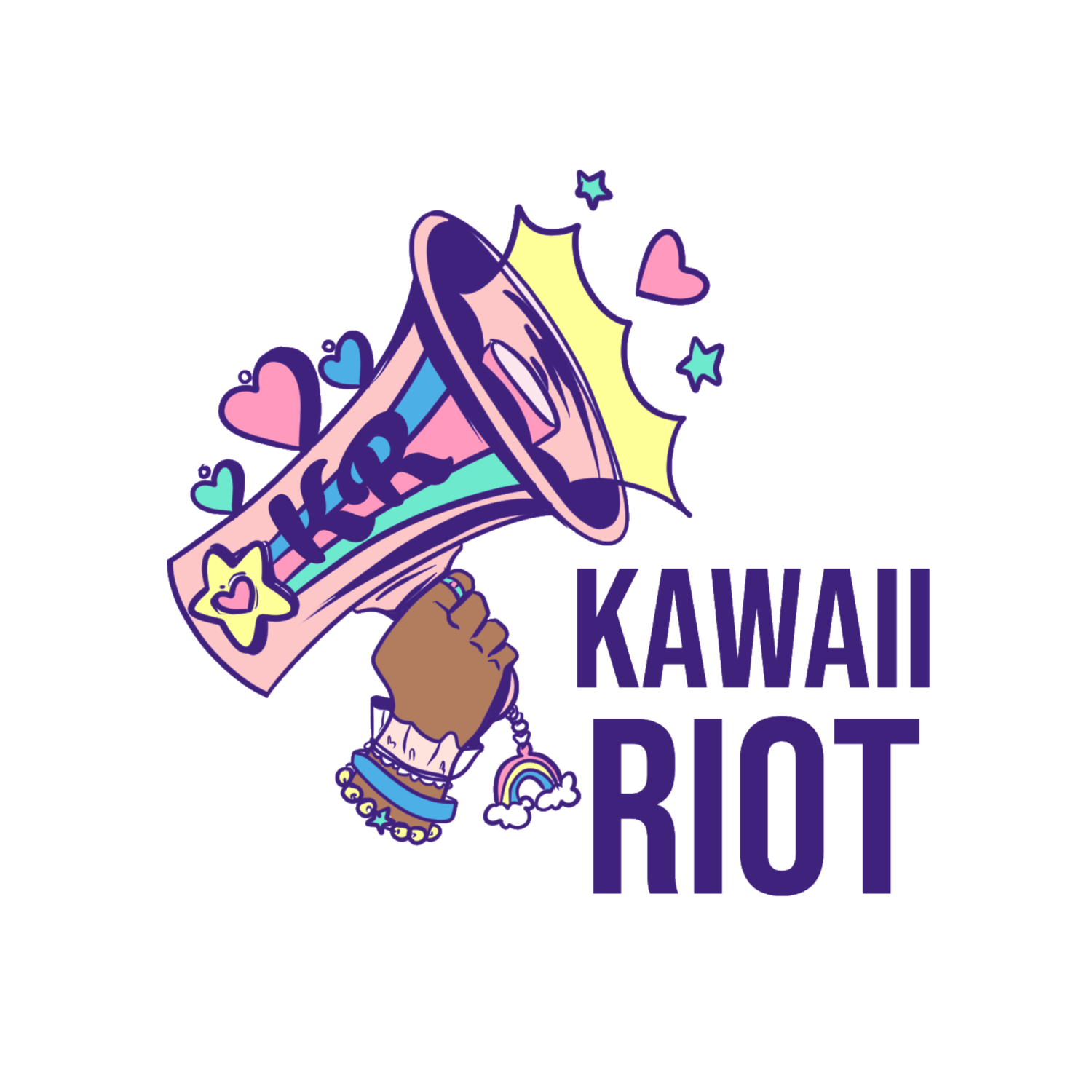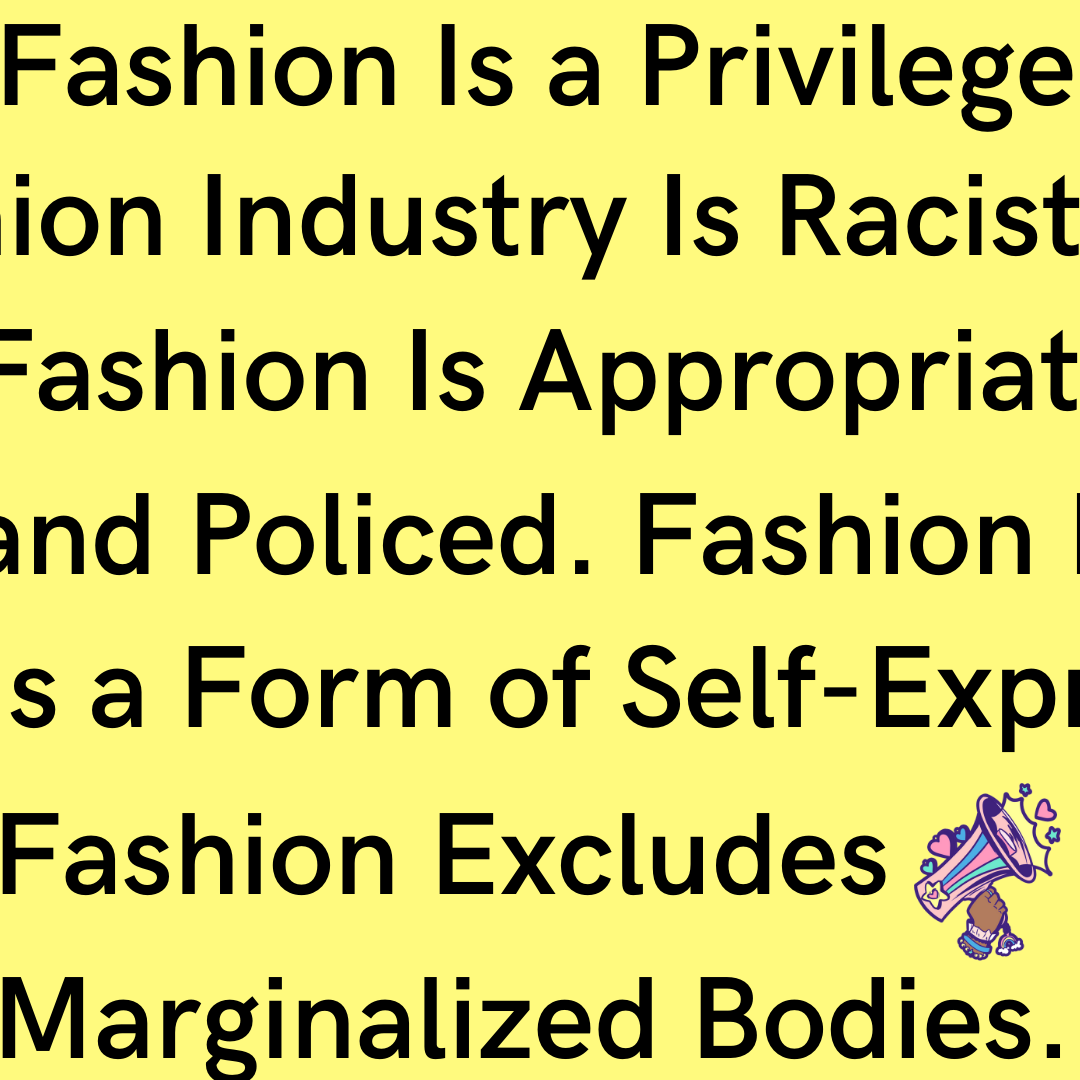They're Not Just Clothes: How Fashion Is Linked With Social Justice
What does clothing have to do with social justice?
We all have different reasons for participating in alternative fashion. Perhaps its rebellious roots appeal to us, or maybe we like it simply because it looks cool—which are all valid reasons, as Rose Nocturnalia points out. But fashion isn’t apolitical. Dressing up in alternative fashion is a privilege that we need to recognize. Not everyone has equal access to participating in fashion. People are being discriminated against based on what they wear. As Jade points out, the alternative fashion community needs to put its rebellious energy into promoting a more inclusive community.
Let’s tap into that bold, kawaii spirit and discuss how clothing is linked with social justice.
Fashion Is a Privilege
Not everyone has equal access to participating in fashion. People with marginalized bodies are more likely to experience discriminatory criticism based on what they wear. For example, as a light-skinned person, I’m much less likely to receive discriminatory remarks compared to dark-skinned individuals who are often criticized for wearing certain styles. Watch Asami Moon discuss this issue further in her video on her life as a Black Lolita.
The Fashion Industry CAN BE Racist
Racism is present in the whole industry, from model representation to supply chain. Large parts of the fashion industry rely on the exploitation of Black and Brown women to deliver cheap clothing quickly to customers around the world. At times, women in countries like Bangladesh, Cambodia, and India are paid below the poverty line and have no access to healthcare and education for their families. The women remain trapped in generations of poverty while often experiencing sexual harassment. This worsens gender and economic inequality in these countries, while large companies grow wealthier.
Fashion Is Appropriated and Policed
Clothing is a piece of culture that is often appropriated by people who don’t understand the cultural significance of it. This is problematic because once the cultural item is worn, those who do not identify as part of the marginalized group may escape the criticism that members of the community inevitably face for doing the same. For example, white people may wear dreadlocks as a trend, but Black students are punished for wearing them.
Fashion Excludes Marginalized Bodies
The fashion industry has a long problem of excluding marginalized bodies (such as fat or disabled bodies). Think about it. How often do stores offer adaptive clothing—clothing that is created specifically for the disabled community? As disability fashion stylist Stephanie Thomas likes to describe it, “You can find more fashion lines for pets than you can for people with disabilities.” Fat people are left out of mainstream fashion, alternative fashion, and sustainable fashion when brands fail to offer clothing in their size. Watch Amy Bob discuss the issues that plus-sized people face when looking for sustainable clothing.
Fashion Is a Form of Self-Expression
It isn’t all doom and gloom. Fashion can be powerful in a positive way too. While fashion can exclude marginalized bodies, it can also be a form of self-affirmation. As pointed out by the Menhera community, fashion helps with mental health recovery. Yorītam wears saris in Japan as a means of decolonizing fashion and encouraging people to understand and normalize wearing non-Western styles more often. As a form of self-expression, fashion blogging helps Sally feel more confident and brave while living with M.E. (myalgic encephalomyelitis).
Final Words
So what does this all mean? Advocating for social justice and engaging in the fashion community aren’t as unrelated as we may think! We can start advocating for social justice today in the way we dress, blog, and support our favorite brands. To quote Avina, “Just like our style can evolve, we can do better to scrutinize the habits we are building in alternative fashion.”
Here are a few ways to start incorporating social justice into our fashion interests:
Amplify the voices of people who are marginalized within fashion communities.
Learn more about exploitation in the fashion industry from resources like the Clean Clothes Campaign and Labour Behind the Label.
Call out cultural appropriation in fashion.
Advocate for fashion that is inclusive of marginalized groups.
Let’s keep on brainstorming ways to push for change in fashion and beyond.
Citations
Avina-kei. (2020, August 20). Coordinating Fashion and Justice. Retrieved from https://www.kawaiiriot.org/krriot/coordinating-fashion-and-justice
Belsha, K. (2020, January 16). States and Cities Are Banning Hair Discrimination. Here’s How That’s Affecting Schools. Retrieved from https://www.chalkbeat.org/2020/1/16/21121830/states-and-cities-are-banning-hair-discrimination-here-s-how-that-s-affecting-schools
Frill-Ability. Adaptive Fashion 101. Retrieved from https://www.frillability.org/adaptive-fashion-101
Legesse, K. (2020, June 11). Racism Is at the Heart of Fast Fashion – It’s Time for Change. Retrieved from https://www.theguardian.com/global-development/2020/jun/11/racism-is-at-the-heart-of-fast-fashion-its-time-for-change
Rose Nocturnalia. (2020, June 13). Guest Post by Rose Nocturnalia: On Revolution, Rebellion and the Lolita Fashion Community. Retrieved from https://r-r-memorandum.co.uk/blogs/r-r-memorandum-blog/guest-post-by-rose-nocturnalia-on-revolution-rebellion-and-the-lolita-fashion-community

